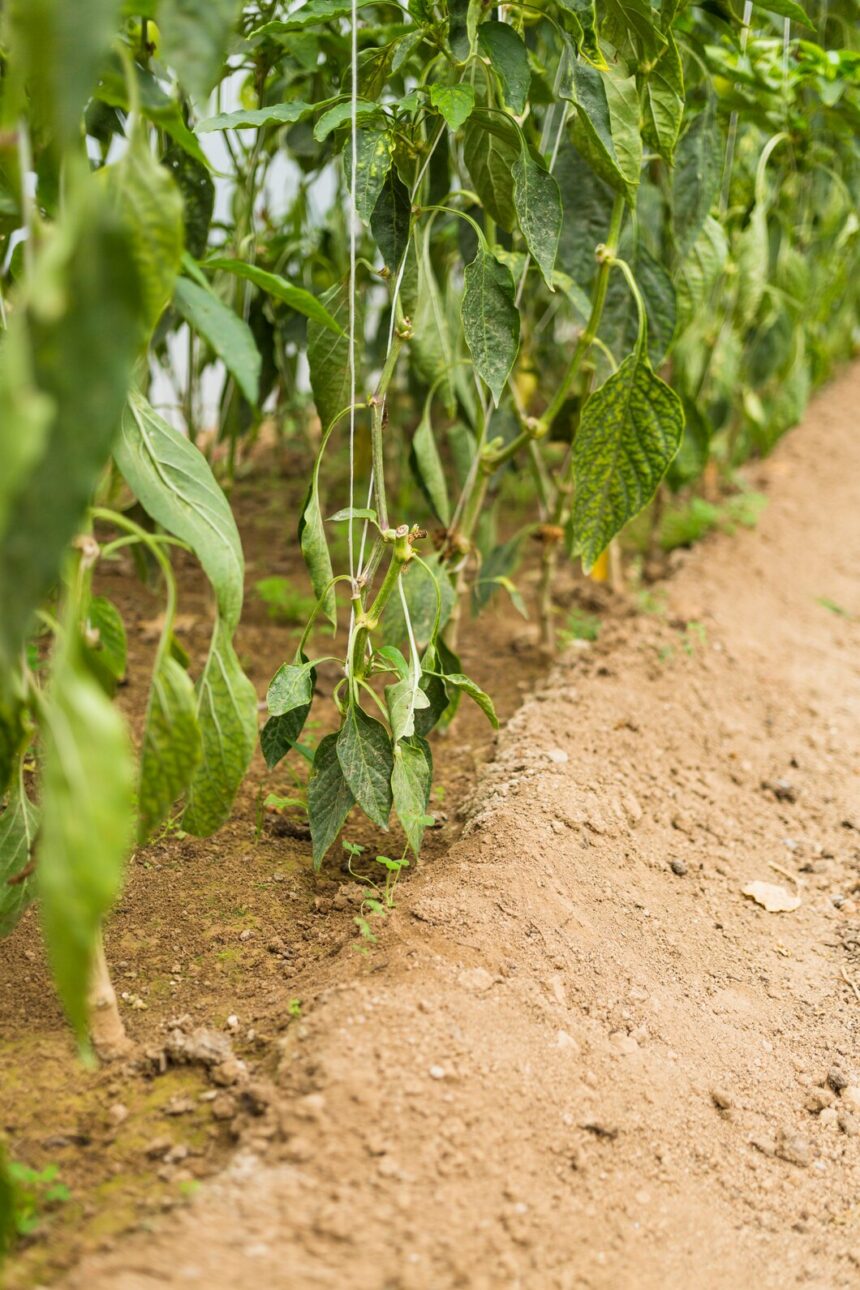Beans are a staple crop in many gardens due to their versatility and nutritional value. However, they are also susceptible to a variety of pests that can significantly impact yield and quality. Early detection of pest issues is crucial for effective management and prevention of serious damage. Here are ten early signs that your beans might be under pest attack:
1. Holes in Leaves
One of the most common signs of pest activity is the presence of holes in the leaves. Insects such as bean leaf beetles and flea beetles are notorious for creating small, round holes in the foliage. Regularly inspecting your plants for this damage can help you catch infestations early.
2. Discolored Leaves
Pests like spider mites and aphids can cause leaves to become yellow, stippled, or bronzed. This discoloration results from the pests sucking sap from the leaves, depriving them of essential nutrients. If you notice patches of discolored leaves, it’s time to check for tiny insects on the undersides.
3. Wilting or Drooping Plants
Aphids, root maggots, and other pests that feed on the roots or stems can cause your bean plants to wilt or droop, even if they are adequately watered. This symptom often indicates that the plant’s vascular system is being compromised by pest activity.
4. Stunted Growth
If your bean plants are not growing as vigorously as expected, it could be due to pest damage. Pests such as root-knot nematodes infest the roots, hindering the plant’s ability to absorb water and nutrients, leading to stunted growth.
5. Sticky Residue on Leaves
Aphids and whiteflies secrete a sticky substance known as honeydew, which can coat the leaves and stems of bean plants. This residue can attract sooty mold, a black fungus that further hampers photosynthesis. The presence of sticky leaves is a clear sign of sap-feeding insect activity.
6. Visible Insects
Sometimes the pests themselves are visible on the plants. Check for clusters of aphids, whiteflies, spider mites, or beetles on the leaves, stems, and pods. Seeing these insects firsthand is a direct indication that your beans are under attack.
7. Distorted or Deformed Pods
Thrips and aphids can cause pods to grow in a distorted or deformed manner. These pests damage the pods as they feed, leading to abnormal shapes and reduced marketability of the beans.
8. Webbing on Plants
Spider mites and certain caterpillars can leave behind webbing on bean plants. This webbing is a telltale sign of their presence and can cover leaves and stems, reducing the plant’s ability to photosynthesize effectively.
9. Chewed Stems
Cutworms and other stem-feeding pests can chew through the stems of young bean plants, causing them to fall over and die. Look for chewed or girdled stems near the base of the plant, especially in seedlings and young plants.
10. Root Damage
Though harder to detect without uprooting a plant, root damage from pests like root maggots or nematodes can be devastating. Signs include poor plant vigor, wilting, and yellowing leaves. Carefully inspect the roots for galls, knots, or larvae to identify these issues.
Addressing Pest Problems
If you notice any of these early signs, it’s essential to take immediate action:
- Identify the Pest: Proper identification of the pest is crucial for effective control. Use a magnifying glass to closely inspect the plant and consult gardening guides or local extension services for assistance.
- Natural Predators: Encourage or introduce natural predators like ladybugs, lacewings, and predatory mites to help control pest populations naturally.
- Organic Controls: Use organic insecticides like neem oil, insecticidal soap, or diatomaceous earth to manage pests without harming beneficial insects.
- Cultural Practices: Implement crop rotation, proper spacing, and removal of infested plant debris to reduce pest populations.
- Chemical Controls: If necessary, apply chemical pesticides as a last resort, following all label instructions and safety guidelines to protect the environment and non-target organisms.
Early detection of pest attacks on your bean plants is critical for maintaining healthy crops and ensuring a bountiful harvest. By regularly inspecting your plants and being vigilant for these early signs, you can manage pests effectively and prevent severe damage to your garden.
Join 'Farmers Mag' WhatsApp Channel
Get the latest Farming news and tips delivered straight to your WhatsApp
CLICK HERE TO JOIN






